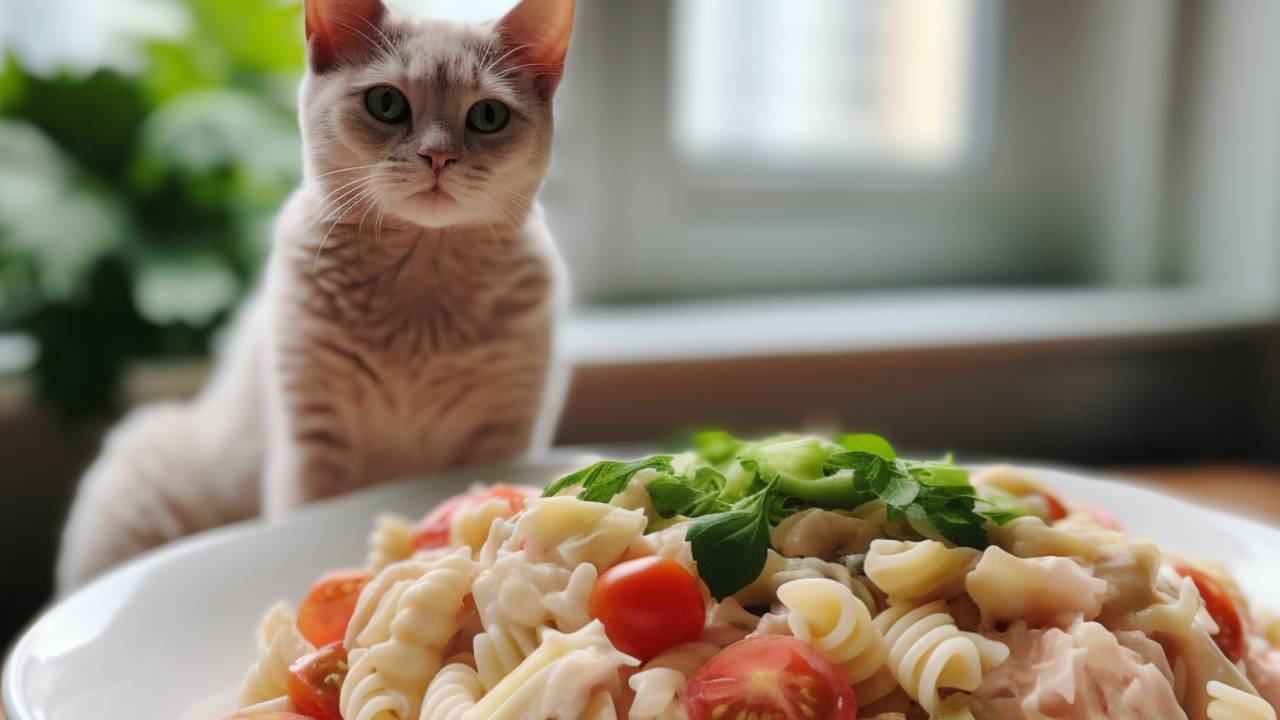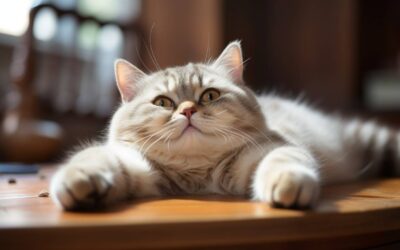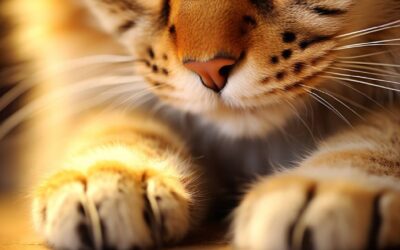Are you curious if your feline friend can share your spaghetti? While pasta dances on human plates easily, the leap to your cat’s bowl comes with a twist. Let’s unravel the spaghetti of truths about cats and pasta, serving up a dish of facts on whether this human favorite is feline-friendly.
Explore the do’s and don’ts of treating your cat to pasta, and ensure their purrs stay happy and their health stays tip-top.
Is Pasta Safe For Cats?
No, pasta is not safe for cats. While it may seem harmless, there are several reasons why feeding pasta to your feline friend can be problematic. When offering pasta to your cat, keep it simple and plain without added seasonings or sauces.
Cats have sensitive digestive systems, so introducing new foods abruptly can cause digestive issues. Always prioritize their dietary needs by providing proper cat food for their well-being. – veterinarian Mykhailo Ozmenchuk says
Health Benefits of Pasta
Spaghetti, a beloved staple in many cuisines, beneath its delicious exterior, pasta packs various health benefits that can contribute to your overall well-being. Here’s a closer look at the nutritional advantages that make pasta a wholesome addition to your diet:
1. Energy Source: Pasta is a carbohydrate-rich food that provides glucose, the preferred energy source for your brain and muscles. This makes it a good option for an energy boost, especially if you lead an active lifestyle.
2. Low Sodium and Cholesterol-Free: Most plain pasta is low in sodium and cholesterol-free. This can benefit heart health, particularly when combined with a diet high in fiber and low in saturated and trans fats.
3. Good for Digestive Health: Whole grain pasta, which contains more fiber than white pasta, can promote digestive health, aid in bowel regularity, and may help lower the risk of heart disease and type 2 diabetes.
4. Protein Source: Pasta made from legumes like lentils or chickpeas offers a higher protein content than traditional wheat pasta. This can particularly benefit vegetarians or those looking to increase their protein intake.
5. Versatile and Satisfying: Pasta can be a foundation for nutritious meals. It pairs well with various vegetables, lean proteins, and healthy fats, making it easy to create a balanced and satisfying meal that includes a variety of nutrients.
6. Rich in Vitamins and Minerals: Whole grains and fortified pasta contain essential nutrients such as iron, folic acid, and B vitamins. These nutrients are vital for energy production, red blood cell formation, and proper nerve function.
If you are curious about what other human foods are safe for cats, this will help you learn more: Can cats eat peanuts?
The Problems With Cats Eating Pasta
Consider exploring cat insurance options to ensure you’re always prepared for any health concerns arising from dietary issues. While noodles might be a delightful and versatile addition to human diets, it’s essential to recognize that cats have different nutritional needs and digestive capabilities.
Introducing pasta into a cat’s diet can come with a range of potential problems that should be taken into account:
- Lack of Nutritional Balance: Cats are obligate carnivores, which means their bodies require nutrients found primarily in animal-based sources. Pasta lacks nutrients like taurine, arachidonic acid, and specific vitamins crucial for a cat’s health.
- Inadequate Protein Intake: Protein is a cornerstone of a cat’s diet, essential for their growth, muscle maintenance, and overall well-being. Pasta is relatively low in protein, making it an inadequate source for a cat’s protein needs.
- Allergic Reactions: Some cats might have sensitivities or allergies to ingredients commonly found in pasta, such as wheat or gluten. Allergic reactions can manifest as skin issues, gastrointestinal upset, or other health problems.
- Urinary Health Concerns: Cats are prone to urinary tract issues, including crystals and blockages. Feeding foods not designed for their specific needs can exacerbate these problems due to pH and mineral content imbalances.
- Unbalanced Diet: Cats have specific dietary requirements for vitamins, minerals, and amino acids. Relying on spaghetti as a significant portion of their diet could lead to nutritional imbalances and deficiencies over time.
Pasta lacks these crucial nutrients, which is why it’s important to understand cats and carbohydrates: the carnivore fantasy.

How To Safely Feed Pasta To Cat
If you want to share a small pasta treat with your cat, follow these guidelines: Cook plain pasta without any sauces, seasonings, or additives. Feeding Cats for Optimal Mental and Behavioral Well-Being offers valuable information on how diet affects your cat beyond physical health.
Cut the pasta into small, manageable pieces to prevent choking hazards. Remember, moderation is key. Only offer a few details occasionally, and ensure that your cat’s regular diet focuses on high-quality, protein-rich cat food.
For more on how to keep your cat healthy, including information about FDA-approved drugs, helping cats live healthier lives information might be essential.
While cats can indeed have pasta, exercising caution and moderation is essential. Pasta should always maintain the proper diet of animal-based proteins to meet nutritional needs.
Sharing a tiny portion of plain, cooked pasta on rare occasions is generally safe. However, always consult your veterinarian before introducing new foods to prioritize your cat’s health and well-being.

FAQs
Is pasta nutritionally beneficial for cats?
Pasta isn’t inherently harmful to cats but offers no nutritional benefits that align with their carnivorous dietary needs. Cats require a diet high in protein, and pasta, a carbohydrate-rich food, doesn’t fit into this category. It should only be offered as a rare treat, not a diet staple.
Can pasta cause digestive issues in cats?
Yes, pasta can lead to digestive issues in some cats, especially if they are sensitive to grains or if the pasta is served with sauces and additives. Plain, cooked pasta in small amounts might be tolerated, but it’s best to proceed cautiously and observe your cat for any signs of gastrointestinal discomfort.
How much pasta can I safely give my cat?
If you give your cat pasta, it should be a very small amount—no more than a few nibbles—and only occasionally. Due to its high carbohydrate content, overfeeding pasta can lead to obesity and other health issues.
Are there any types of pasta my cat should avoid?
Cats should avoid pasta containing garlic, onions, or heavy sauces, as these can be toxic. Whole grain or flavored pasta might also be harder for them to digest. Stick to small amounts of plain, cooked pasta.
What are healthier alternative treats to pasta for my cat?
Consider small pieces of cooked chicken, turkey, or fish for a healthier dietary treat. These options provide protein, which is more suitable and beneficial for a cat’s diet. Commercially available cat treats designed to be nutritionally balanced are also a good choice. Always introduce new foods slowly and in moderation.






0 Comments